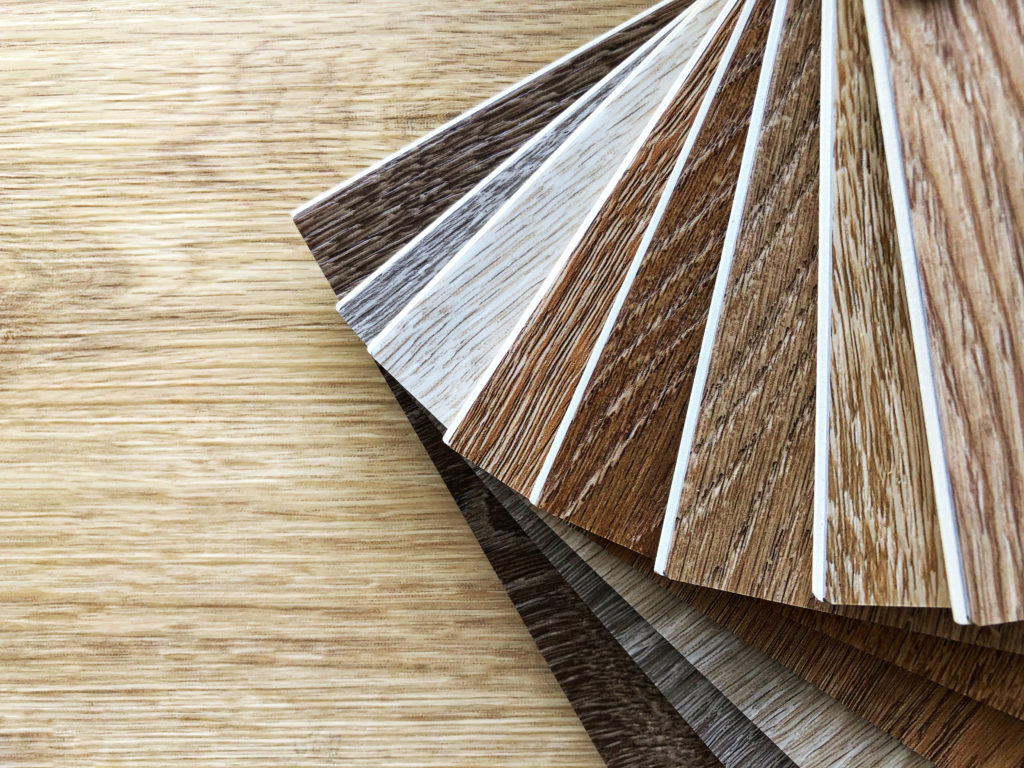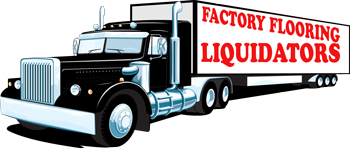
One of the great things about vinyl is that it offers a rather continuous covering without any gaping seams or gout lines of ceramic tile or the natural absorbency of the wood. From a maintenance standpoint, the quality that makes vinyl flooring appealing is its skin-like appearance. Manufactured from PVC and other compounds, Vinyl is a resilient type of flooring. PVC and other compounds combine to create different designs and colors. They come as floor tiles or sheets and are applied to the subfloor with the help of special adhesive or mastic. Read on to know how vinyl flooring is made.
Types of Vinyl Flooring

1.Sheet Vinyl Flooring: It can be used as an alternative to ceramic tile, hardwood or even natural stone. Vinyl Sheet Flooring is particularly used in bathroom, kitchen, and laundry rooms. It is manufactured using layered construction which provides it with a protective finish for durability, cushioning, and stability.
2.Vinyl Plank Flooring: It is an affordable, wood-alike, and waterproof flooring option that offers a great texture underfoot with a warm feel and can be easily installed using glue down or peel and stick method.
3.Vinyl Tile Flooring: It is an affordable, low maintenance, and durable flooring option which can be easily installed anywhere inside your living space.
Construction of Vinyl Flooring

Raw Material: The main components for the construction of vinyl flooring includes polyvinyl chloride resins, plasticizers, trace stabilizers, pigments, backing, and a carrier sheet. The backing can be either felt or highly filled paper fabricated from wood pulp and calcium carbonate.
Manufacturing Process :
• Plasticizers together with Vinyl Resins are mixed together in a vat to make plastisol. AZO compound, consisting of 2 nitrogen atoms that are united at both ends to separate the carbon atoms, is added to this plastisol.
• The plasticizers, resins, and AZO compound are then heated which leads to the decomposition of AZO compound forming nitrogen gas bubbles. For this mixture, vinyl foam is produced with a thick consistency that can be spread in the slurry mix on the installation medium or the backing.
• Using a reverse roll coater, the slurry is then laid out on the wood pulp backing or the felt, and then smoothened out. This coated sheet is then put in an oven so that the vinyl foam is converted to gelled form.
• Now, the gel is allowed to run through a printing press and metal intaglio plates are used to create impressions. This causes the patterns to get impressed on the gel sheet creating the desired decorative pattern.
• After this, the second mix of vinyl and plasticizer is applied to the printing gel. The gel with the backing is then allowed in an oven with a higher temperature than the previous one.
• Inside the oven, the plasticizer is absorbed by the vinyl resin and melts, which creates a clear vinyl. This is called the wear layer, which makes the vinyl flooring resilient as it takes on the brunt of all the footwork.
• Now the vinyl is ready to be rolled if the design requires a matte finish. Although, if the pattern requires a glossy finish, it receives a layer of polyurethane coating via roll coaters. To control the thickness of this coating, an air knife is used which ensures consistency in thickness.
• Finally, the polyurethane coating is cured photochemically using UV radiation lamps and gets ready to be rolled.
• The high-glossy or matte vinyl flooring is now ready to be cut to rolls which are either 12ft wide x 1500ft long which can later be subdivided on the basis of the needs of retailers.
Need Help Installing Floors in Your Home? Ask the Experts at Factory Flooring
What type of underlayment should you use? How many inches thick? How do you install it? And how do you avoid damaging your floors in the process?
When you work with Factory Flooring, you don’t have to worry about these questions. Our team of professional flooring installers will handle all the heavy lifting for you — literally. All you have to do is relax and enjoy the savings on your energy bill.
Need to get more flooring ideas first? Our design blog has dozens of articles to help you get started. Whenever you’re ready to tackle your insulation project, we’ll be here to help. Contact us online to get started, or call Factory Flooring at 469-583-7053






